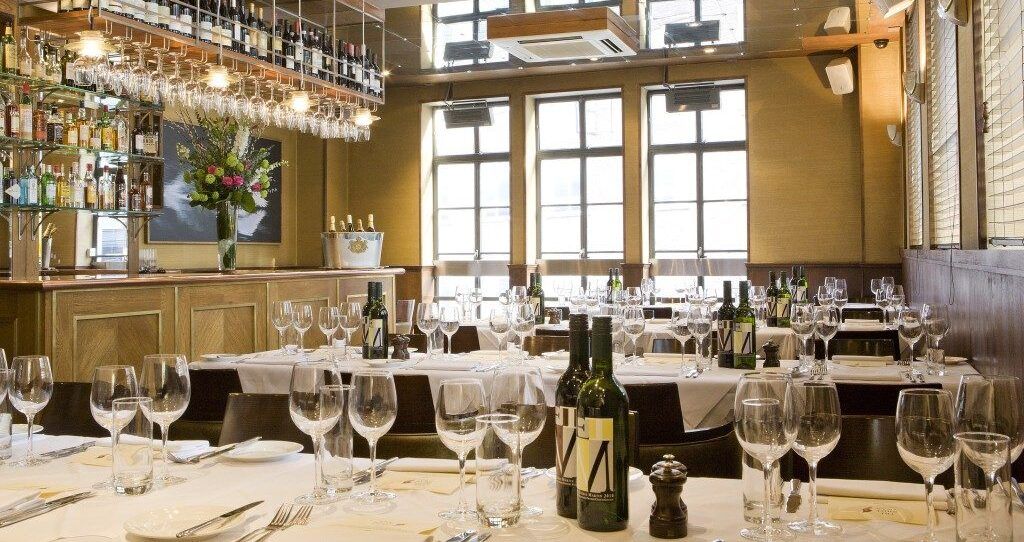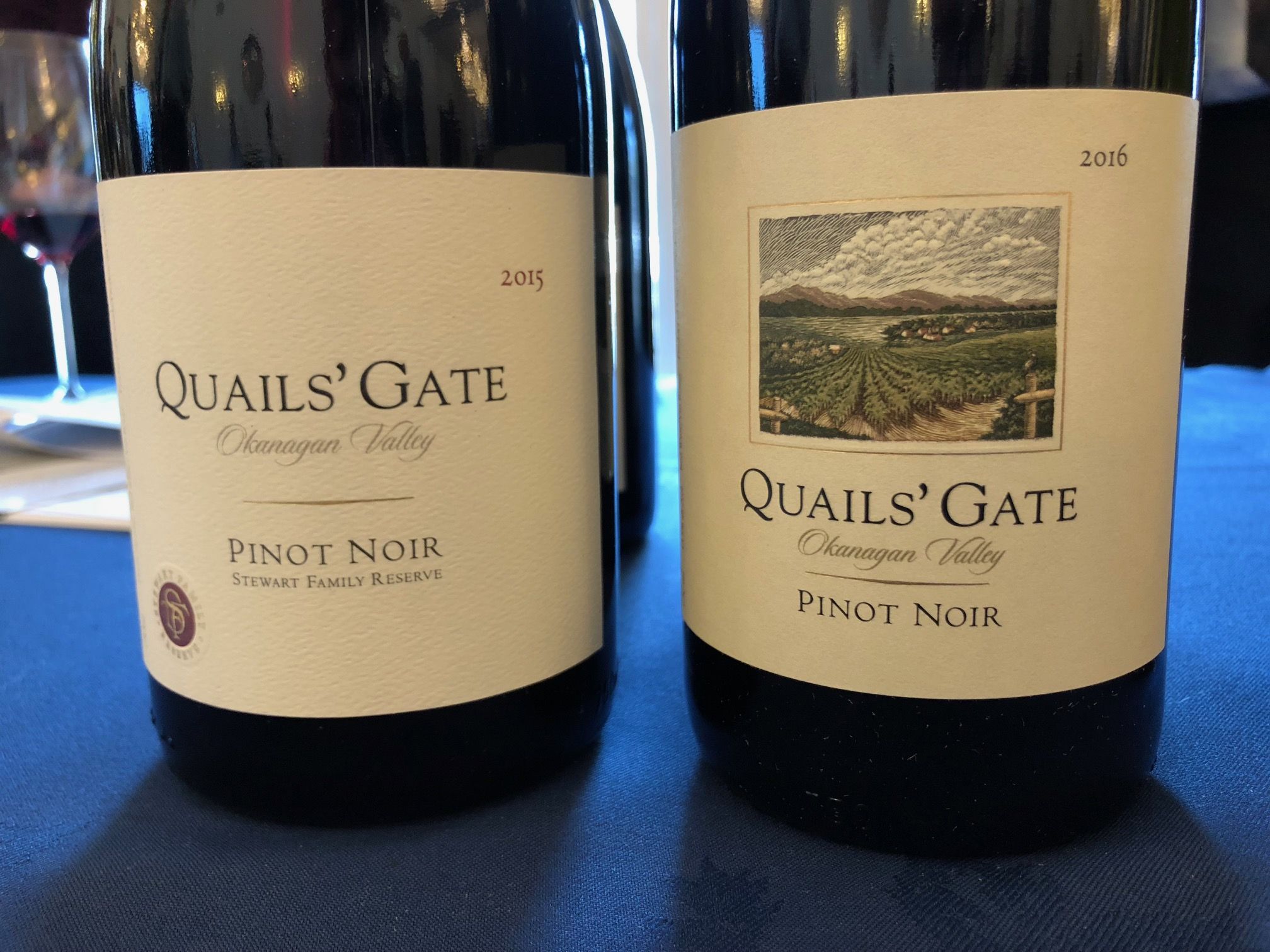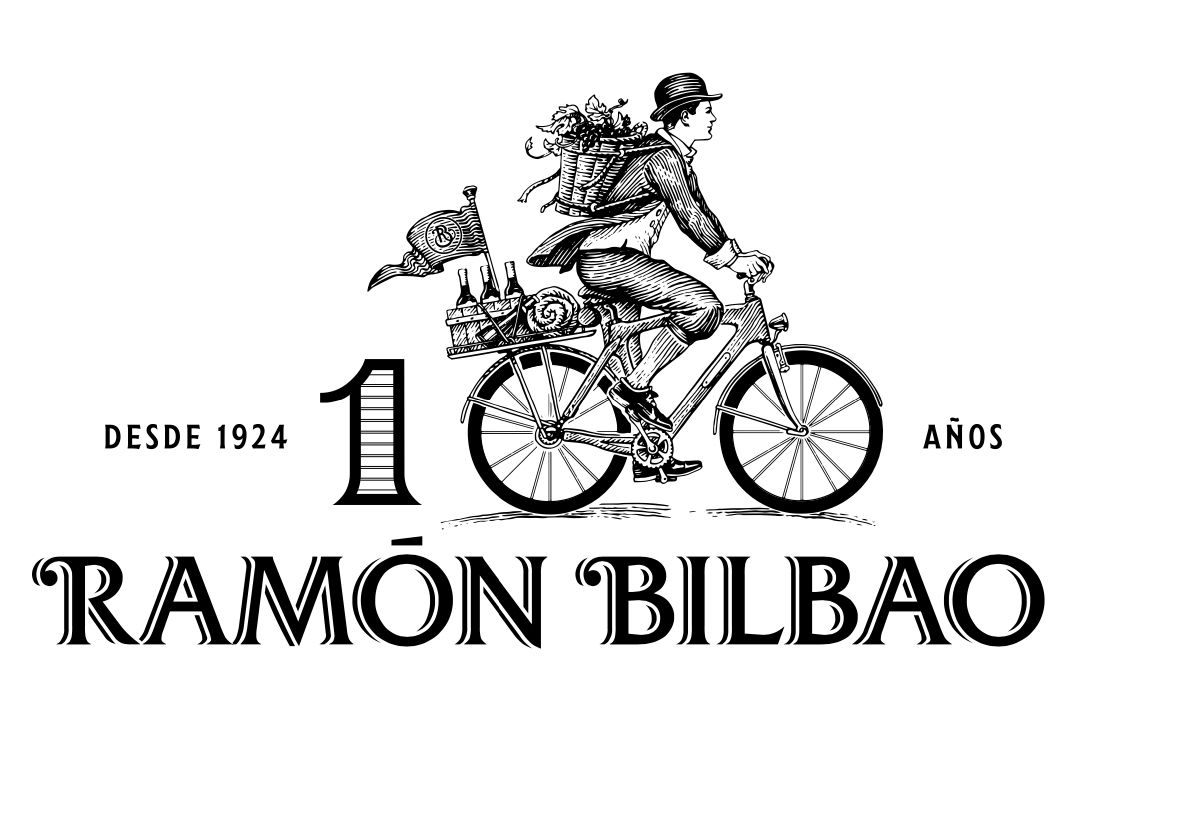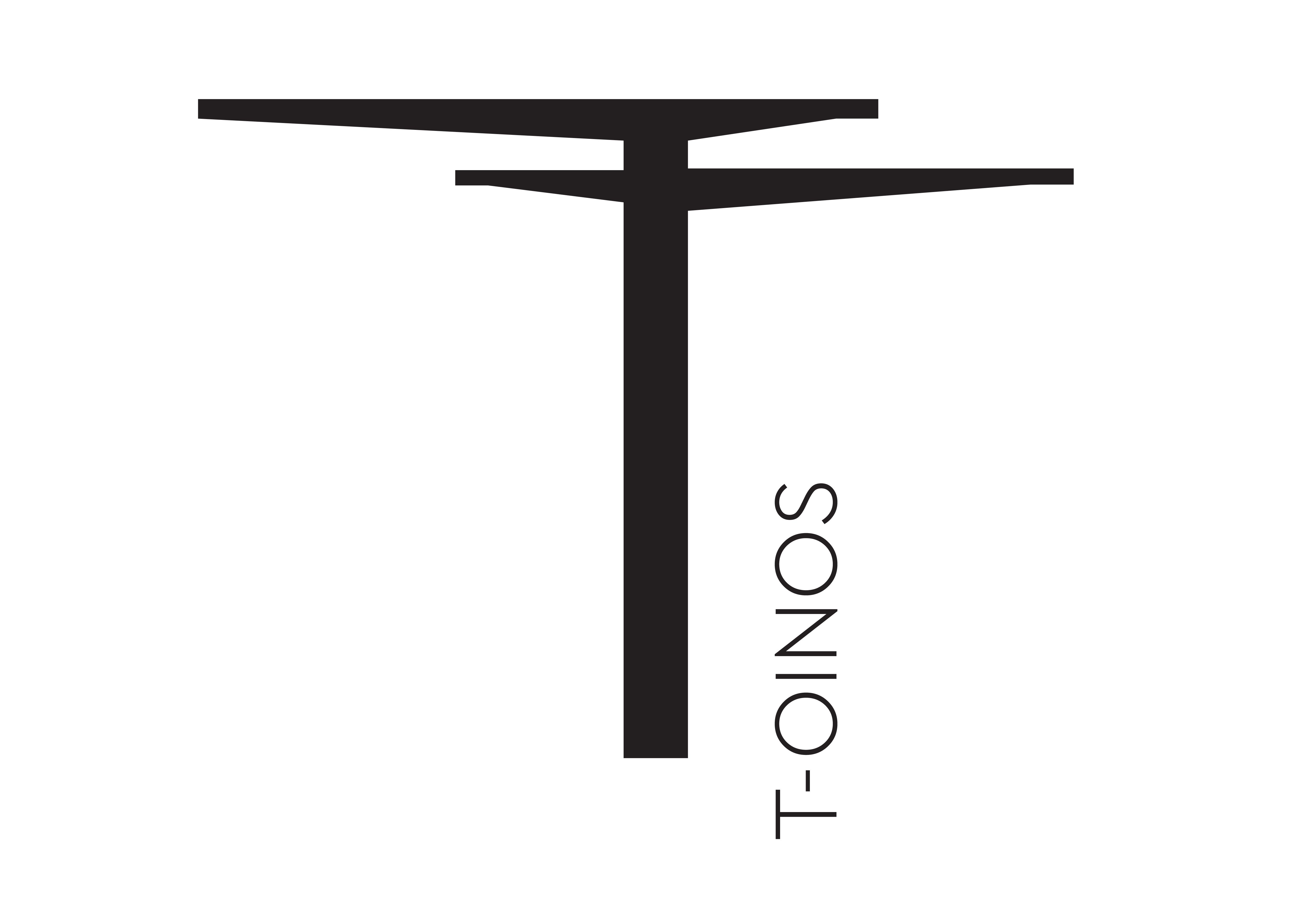The new Wine Business Solutions report is now out and you can find out more about how to buy it by clicking here.
Tell us about the new on-premise report – what does it cover and how did you pull it together?
Our research is unique in that we look at what is actually on wine lists. This has proven to be the most reliable lead indicator, not just of the direction that the on-trade is taking but, ultimately what will happen in the off-trade in years to follow.
Each year we take almost 20,000 listings from wine lists. This is now our 15th annual survey of the UK giving us almost 300,000 listings, in total, as a database able to be used for longer term analysis for clients. (It wasn’t our original intention to have distributors as clients but now many of the leading businesses around the world get us to identify opportunity for them).
The Report covers:
- Who the best importers and distributors are.
- Which brands, wine styles, regions and countries are most successful and why.
- Pricing by-the-bottle and by-the-glass.
- What it takes to win in this, the true litmus test for wine brands globally.
What do you track in terms of data and how do you choose which data sets and sources of data you use and how has that changed over the years?
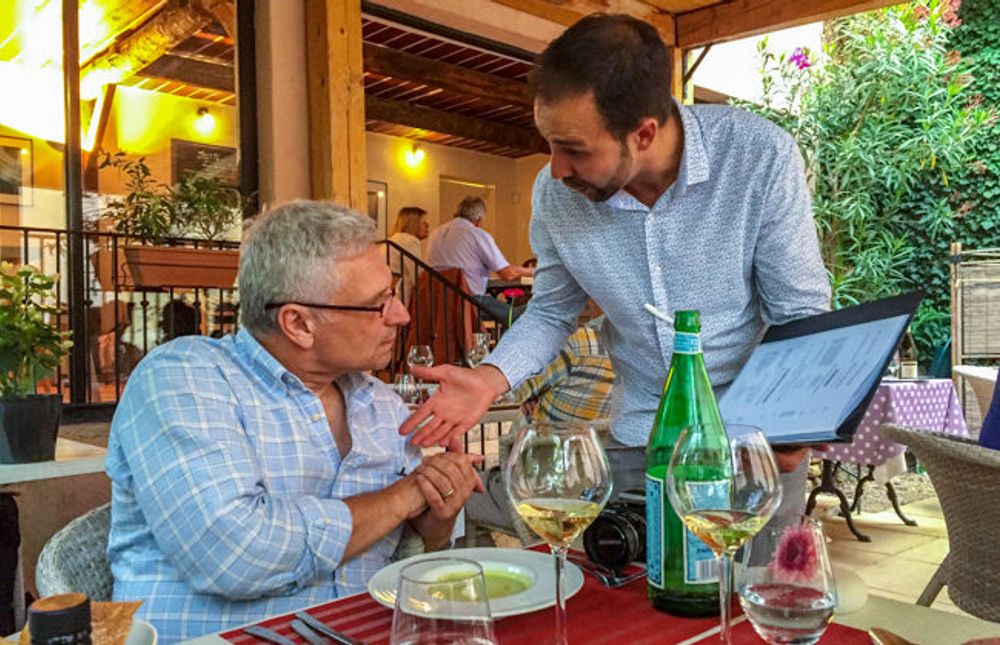
Wine lists are ultimately what dictates what wines are bought and sold in the on-trade
We cover the full range of possible wine consumption occasions including regular suburban restaurants, fine dining, hotels, pubs and upmarket bar venues. We select outlets and individual listings on wine lists completely at random but using consistent methodology. We stratify the sample in proportion to the UK population, excepting that we increase the weighting of Northern Ireland and Scotland slightly to improve accuracy when reviewing these markets in isolation.
What are the key changes compared to the reports you have done in the last few years?
We find that using a combination of a consistent approach and taking a fresh sample each year is the best way to capture change in this hugely dynamic market.
How would you describe the overall UK on-premise sector in terms of positives and what is going well and negatives and the short, medium and long term issues it faces?

Good value wines from South Africa and other New World countries have done well in the last year in the UK on-trade says Peter McAtamney
It makes us, who observe from the outside, sad to see the way in which things have perhaps not gone as well as most would like in recent years. The two speed nature of the economy is thrown into high relief via our report. With the 20% increase in duty and the ‘cost of living crisis’, restaurants are generally seeking value resulting in an increase in listings of cheaper to produce wines from South Africa, Australia, Argentina and the Languedoc, most of all. At the same time listings of Dom Perignon and Krug in the London market have never looked healthier.
Who do you think is best placed to do well in the future from an operator, importer and distributor point of view?
The UK market is one where fewer distributors take a brand focused approach than any other that we measure. This is partly a function of their being so much variety to potentially sell and these businesses being sales led. You see it all the time that importers bury their brands so you have to wade down through layers of a product menu just to find them on their web site. SEO is shocking in the UK. You can barely find most of the major importers brands via search half the time meaning customers are either buying other products or sourcing through channels that those distributors make a lower margin on.
Businesses that put their brands and brand principals front and centre, who have a properly functioning website and who know how web search works have a huge advantage, therefore, before even getting into the detail of the dozens of other things importers need to do to compete and win.
What are the key attributes that single out the best performing importers?
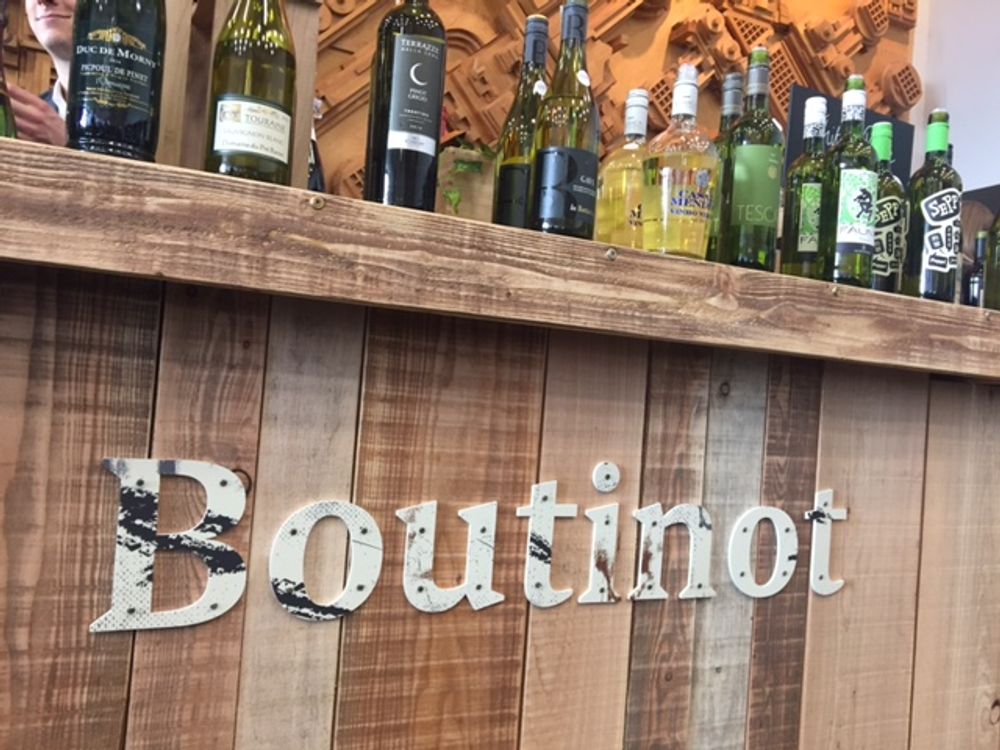
Boutinot came out top of all UK wine suppliers in Wine Business Solutions’ report
Quality brands. A singular focus. A brand building approach. Having said that, Boutinot was our “Supplier of the Year” this year. Why? Because it was able to pivot quickest to a much changed market from last year and supply brands that could still be seen as value following an average listed per bottle price increase of 16%. They used brands like False Bay, which had almost been retired, to flood wine lists in the regions. Of the major suppliers, they achieved higher listings per brand, than everyone except Berkmann.
What are the key trends in terms of styles of wine, countries and regions?
The biggest trend is delisting of rosé and Champagne. The post Covid party is well and truly over. Bordeaux is doing exceptionally well right at the time when basic Bordeaux is really struggling. Confirming LivEx’s findings, our report shows that restaurants and their customers are being more conservative, in terms of regions chosen, when it comes to those who have money spending it.
What pricing trends are you seeing?
As above and as we have seen around the world, restaurants are undertaking the biggest price increases we have ever seen. In the case of the UK, however, the 16% increase will only just be covering increased cost and taxes.
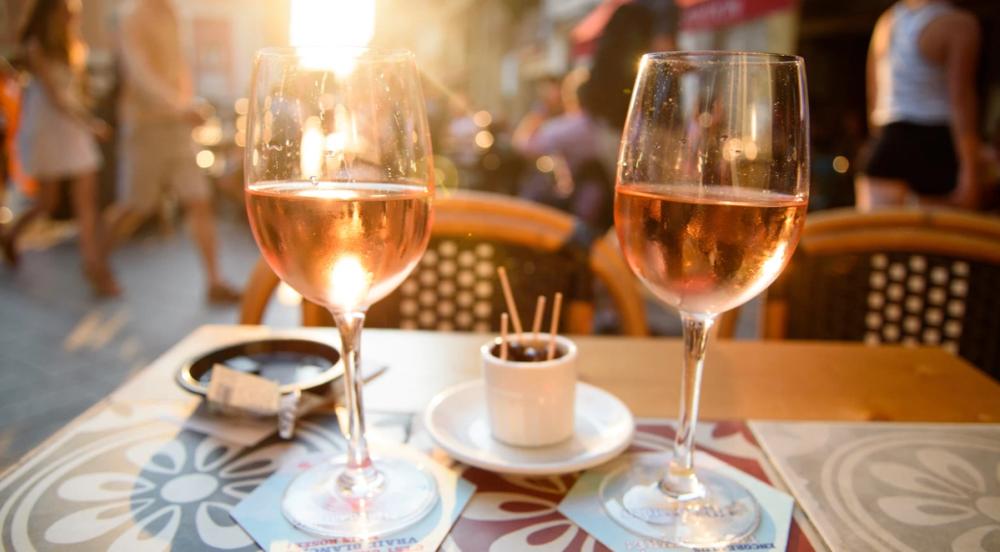
Has the rosé bubble burst? Listings for rosé are down in the latest Wine Business Solutions report
Are you seeing a big change to listing lower alcohol wines, or wines that are lower in alcohol?
We don’t have a good handle on that. It’s a very good point and I will ensure that we make a feature of that next year.
Generally, though, making restaurant fit dealcoholised wine has proven a massive challenge. I was with a major producer yesterday and they have all but given up as the category has shrunk, in terms of supermarket shelf space, to be focused on a small group of leading brands none of which have much to commend them in terms of flavour.
What do you see as being the big untapped areas of potential?
I think the biggest single opportunity is fresh medium weight red wine. In particular, the UK has yet to fully cotton on to the joy that is modern style Grenache and Syrah, out of Australia especially. Australian Riesling has at last found an audience, but I believe the red wine opportunity to be far greater.
Anything else to say?
Only that with over 80 pages of insights at less than $A500, there is value for just about anyone in this report.
- To find out more about Wine Business Solutions and to buy its new On-premise report click here.
